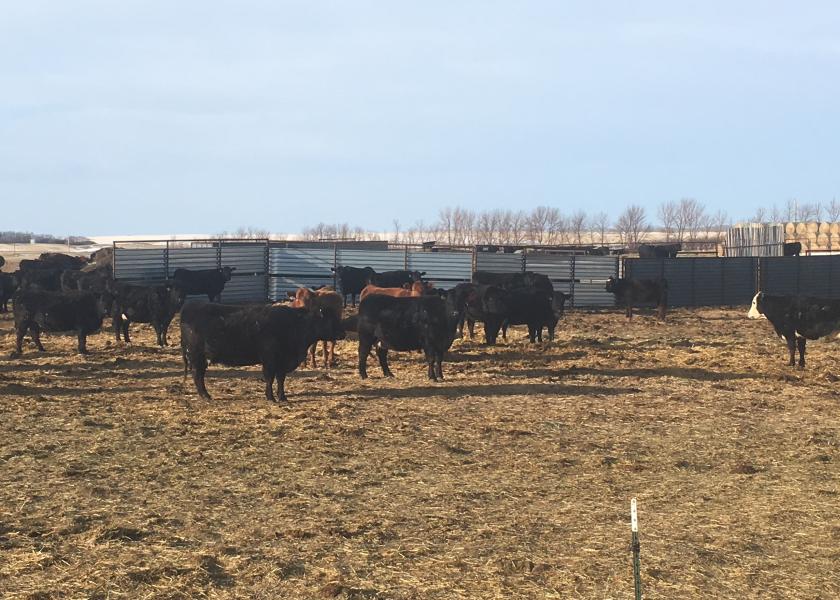Now is Time to Plan for 2021 Grazing Season

The 2020 growing season was drier than average, with the majority of North Dakota receiving below-average precipitation throughout the season.
As a result, 65% of the state is experiencing drought, and an additional 27% is considered abnormally dry.
Ranchers have reported up to 60% reductions in forage production on pasture, range and hay land due to the drought in 2020, according to North Dakota State University Extension livestock specialists. This decrease in forage production, continued drought and impacts of overgrazing due to loss of forage have resulted in nearly 50% of the state’s pasture and range being in poor or very poor condition.
“In many areas, pasture and rangeland also experienced excess grazing pressure,” says Miranda Meehan, livestock environmental stewardship specialist. “These pastures may need extra time to recover before producers initiate grazing in 2021. Following the 2017 drought, grass development was delayed by as much as two weeks, primarily due to overgrazing and lack of moisture in the fall.”
The 2020 grazing season is very similar to 2017, with stressful conditions occurring on pasture and hay land going into the upcoming winter. Grazing before grass plants reach the appropriate stage of growth for grazing readiness causes up to a 60% reduction in forage production, which can reduce the stocking rate and/or animal performance, Meehan notes.
The pastures stressed by drought and/or overgrazing this fall more than likely will experience a delay in grazing readiness in 2021, irrelevant of the amount of snow received this winter and rainfall received next spring.
Meehan and Kevin Sedivec, NDSU Extension rangeland management specialist, recommend that ranchers plan for a reduction in forage production in 2021. Here are three scenarios producers could see in 2021:
- If we receive below normal moisture in 2021, expect lower forage production for the growing season and a decline in forage quality earlier in the season. Unlike in 2020, no residual soil moisture will be available to offset the lack of precipitation.
- If spring precipitation is normal, expect a delay in plant development and lower production due to a loss in tiller development following the dry fall.
- If we experience a wet spring, forage production and quality likely will be normal but not above normal.
“Ranchers should have a plan in place to reduce their stocking rates if overgrazing occurred this year, especially this fall, and if drought persists in 2021,” Meehan says. “They will need to adjust the length of time they graze and/or the number of animals grazed.
“Make plans to grow more annual forages for hay and/or grazing,” she adds. “Using cover crops and annual forages strategically within your crop system can provide added feed while enhancing soil health.”
Making early adjustments to the stocking rate will prevent overgrazing and reduce the length of time the grass takes to recover from drought, as well as improve the long-term sustainability of livestock operations.
“Overgrazing can have long-term impacts on the entire rangeland plant community, leading to a loss of forage production, changes in plant species composition, soil erosion, weed growth and a reduction in the soil’s ability to hold water,” Sedivec says.







